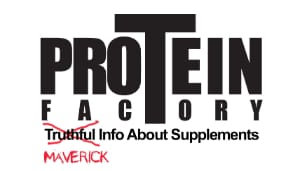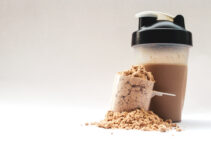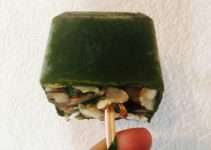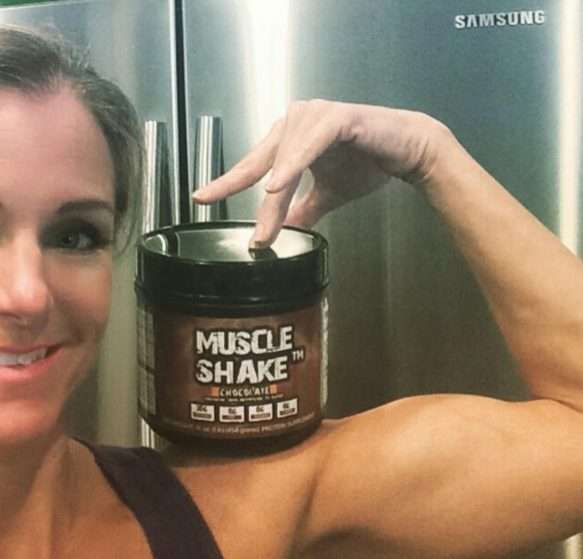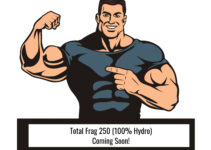About 20 years ago when I first started Proteinfactory.com the very first protein powder that I sold was whey isolate. I started with this protein powder because at that time the most popular brand sold was whey concentrate. And during that time the most popular brand was Designer Whey Protein. The ingredients on the back listed a bunch of different whey proteins, AKA the “protein blend”. It looked like a high quality protein powder but when I drank it I would get really bloated, have massive gas, and then diarrhea. This was all because of the lactose that is found in whey protein concentrate. I researched and discovered something called whey protein ISOLATE. A whey protein isolate did NOT have any lactose. I ordered a sample from the manufacturer and drank it. Low and behold no gas, no bloating, no diarrhea. It was great. And that is how I started my company. I was one of the only, if not the first, company to sell whey protein isolate. Needless to say it took off. Once people started using it (whey isolate) they couldn’t believe that a whey protein would not give them stomach discomfort like some of the brands that were being sold at that time. However some people, well a lot of people, needed to be convinced on how my whey isolate was better than their whey protein. So how did I do this? I told them to follow along with me as I use my calculator or get their own calculator and do the math yourself.
What I would tell people is that you need to look at the nutrition facts panel (back then this is what it was) on the back of the container and do the math. You take the protein grams and divide it by the serving size grams. Usually it would be something like this.
20 grams of protein
30 gram serving size
0.66 is the answer
That means that the protein powder is 66% protein and 34% non protein ingredients. Like lactose, carbs, fats, sweeteners, flavorings, and other fillers.
When teaching someone I would typically point out the protein powder that they were currently using because I knew mine would be higher because I had the only whey isolate in the country.
I would then tell them that my whey isolate was 90% protein! BOOM! SOLD!
And that is how Proteinfactory.com grew. People were discovering that the protein powder that they were using was only 60 to 70 percent protein and mine was 90% protein. I even started to sell whey protein that was 98% protein. (Nothing can be 100% protein, meaning you can’t have 100 grams of powder and 100 grams of protein)
However, today this at home method to discover the quality of a protein powder is no longer valid. It is not longer valid because of a manufacturing technique and scam called “protein spiking”.
So I have come out with a new way to help you discover how to find out if a whey protein powder is low quality or high quality.
Take a look at this supplement facts panel from a protein powder
If you look at it, you’ll see they list protein grams. In this case it’s 24 grams. However if you look at where they list whey protein isolate , milk protein isolate, and egg protein, they list in the ingredients as if it was a food product. They do this so you do not know how many grams they actually put in. This is the classic protein blend trick. Why do they do this? Profits of course. You see whey protein isolate costs about double what a whey concentrate costs. Egg white protein prices are through the roof right now. So by making protein blends and not putting the protein inside the supplement facts panel they are able to use whatever amounts they want. And you’d have to be one naive person to think that they are not using 99% whey protein concentrate (the cheapest ingredient) and less than 1% off all the rest.
If a company is 100% transparent you’ll see protein listed like this.
You see how the proteins are listed INSIDE the supplement facts panel and it tells you EXACTLY how many grams of each protein are used. This is not an optional way of listing protein on a protein supplement by the way. Its FDA regulations! So how do companies get away with this? I’ve been asking myself that for years. And there is only one answer I can come up with and that is the FDA simply has not been able to inspect these supplement companies that are selling protein supplements like the one above.
The above label that puts their protein BLEND outside the supplement facts panel is scamming you. And the funny thing is, is that this company claims to be HONEST by marketing the amount of grams they are using but DOESN’T legally use the correct supplement facts panel. These are the games these supplement companies do to fool you. It takes a supplement expert like me to know these things. I can spot a bogus protein supplement a mile away. And this protein supplement above is a scam.
Conclusion: If a protein supplement you want to buy is high quality it will have the proteins listed INSIDE the supplement facts panel. Not outside. Now you are going to find that very few protein powders have their protein grams listed INSIDE the supplement facts panel. And this just goes to show you just how dirty the protein selling business is and how companies that you thought were stand up, legitimate, and honest are not. You will be shocked.
Alex Rogers is a supplement manufacturing expert. He has been formulating, consulting, & manufacturing dietary supplements since 1998. Alex invented protein customization in 1998 & was the first company to allow consumers to create their own protein blends. He helped create the first supplement to contain natural follistatin, invented whey protein with egg lecithin, & recently imported the world’s first 100% hydrolyzed whey.
